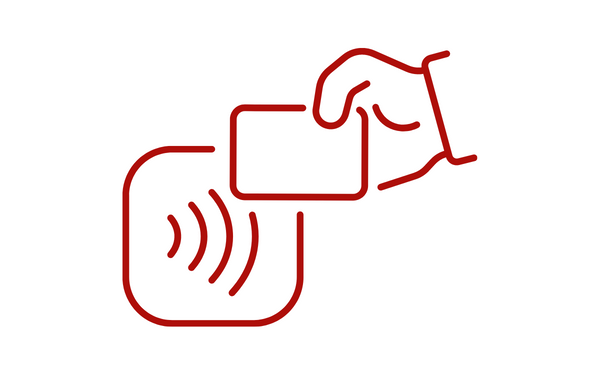Remember those difficult days at the height of the pandemic when you couldn’t even welcome shoppers and diners to your restaurant or store, and only kept operating through deliveries and curbside pick-ups?
And even when you could open your doors again, you had to drastically reduce capacity to maintain safe social distance – perhaps with people queuing outside on a one in, one out basis, or maybe operating pre-booked time slots.
You likely had a one-way flow system in place for customers, your people separated from them by plexiglass. And all payments were, of course, contactless, either via card or prepayment on an app. No more cash.
Looking back, all of this feels like a lifetime ago, although we’re talking little more than 12, 18 months. COVID-19 hasn’t exactly gone away, but 2022 felt like a return to some kind of normality. Officially, pandemic emergency measures are no longer in place.
But if you visit any store or restaurant or bar or cafe, many of the things that businesses did just to survive and keep people safe during the pandemic are still in place. Ok, so social distancing measures might have been put aside. But people are still using contactless payment options. The self-service kiosks and on-table ordering consoles are still there. Buy online, pick up in store (BOPIS) is still popular.
The safety element has gone, but contactless operations are still going strong. Why is that?
Smooth customer experience
There’s no great mystery. A lot of the measures brought in to improve hygiene and safety standards have helped to improve the customer experience in other ways, too. Take contactless payments, for example. We saw a rapid acceleration in businesses accepting contactless during the pandemic because everyone realized that passing around bills between dozens of different hands was a sure fire way to spread the virus around.
But contactless payment was already a thing before the pandemic. It was catching on rapidly because it offers a smoother, faster way to complete a transaction – instead of handing over paper cash and waiting for change, just tap and go. Moving through sales more quickly benefits both customers and the business.
As a result, 81% of businesses say they have adopted contactless payments permanently, and 73% now say they prefer customers to use contactless over other payment methods. And while cards remain the most popular method of making contactless payments, by next year it is forecast that there will be one billion mobile wallet users worldwide, an epic 60% increase on 2022.
It’s a similar story for curbside pickup/BOPIS. A comprehensive 87% of consumers say they want to see these options continue despite the pandemic being over. Reasons include helping them to minimize the number of in-store trips they make, but also avoiding delivery fees on online orders.
And then there are kiosks. Again, self-service wasn’t invented as a solution to the challenges the pandemic threw up. But the fact that kiosks allow customers to place orders and complete transactions without coming into contact with a member of staff saw adoption bump. The good news is, three quarters of consumers say they prefer to have a self-service option anyway – so those kiosks are going to continue to get plenty of use.
All in all, minimizing contact between your people and customers might have been a public health necessity during the pandemic. But it turns out that it has lots of other benefits, too – speed, efficiency, giving customers extra options to do their own thing. We don’t have to smother them with human contact. A lot of the time, they won’t appreciate it.
Long live contactless!




